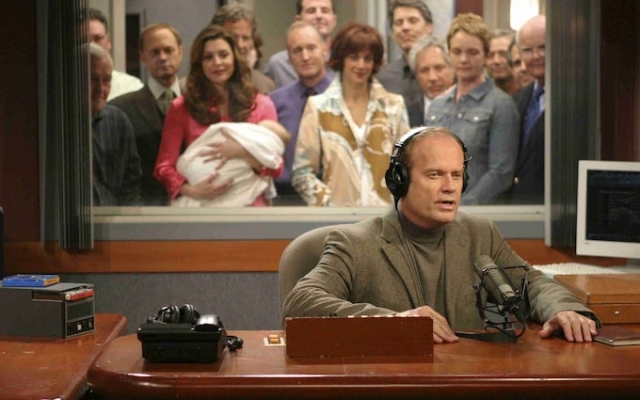 «Goodnight Seattle!»: Kelsey Grammer in the final episode of Frasier, which was watched by 33.7 million viewers in USAFraser seemed to come out fully formed from the first Emmy-winning episode and was as well-tailored as one of the head psychiatrist's custom-tailored costumes. But it took years to create a modern classic. Originally pitched as a series about a disabled New York publisher and his Latina nurse, Frasier struggled with behind-the-scenes issues even after its early success.
«Goodnight Seattle!»: Kelsey Grammer in the final episode of Frasier, which was watched by 33.7 million viewers in USAFraser seemed to come out fully formed from the first Emmy-winning episode and was as well-tailored as one of the head psychiatrist's custom-tailored costumes. But it took years to create a modern classic. Originally pitched as a series about a disabled New York publisher and his Latina nurse, Frasier struggled with behind-the-scenes issues even after its early success.
Guest stars were 'horrified' by the lead actor's bizarre working methods Kelsey Grammer, and his alcoholism forced the crew to stage a dramatic intervention. Meanwhile, another eccentric actor insisted that his co-stars apply sardine oil behind their ears.
We now have our first look at Grammer at Paramount+ Fraser reboot. The series is set in Boston, with the exception of original cast members Jane Leeves, David Hyde Pierce, and John Mahoney (who unfortunately died in 2018). The series begins October 12 with Only Fools and Horses star Nicholas Lyndhurst playing Fraser's old college friend turned university professor. . Updates to your favorite series are invariably met with cries of desperation, but not this. We really missed Fraser Crane.
From the uncompromisingly arrogant references to the offbeat approach to rehearsals — the actors were doing «therapy sessions» for their characters — Frasier was like nothing else on TV. It had to be; it was the most difficult number on television.
When Cheers ended its 11-year existence in 1993, much of America was in mourning. Described by author Kurt Vonnegut as a true comic masterpiece of television, the sitcom in a bar has become an integral part of the lives of many people: more than 80 million people watched its final episode.
 Nicholas Lyndhurst (right), Tox Olagundoy (left) as Olivia and Kelsey Grammer in Frasier Photo: PA
Nicholas Lyndhurst (right), Tox Olagundoy (left) as Olivia and Kelsey Grammer in Frasier Photo: PA
Some were hoping to see the return of bartender Sam Ted Danson in the new series, but there was one thing no one wanted — more of Dr. Fraser Crane, a character only introduced in the third season. In a 1993 poll asking fans which Cheers star deserved their own spin-off, only 2 percent chose a bar psychiatrist.
But Dr. Crane (well, Kelsey Grammer) was planning his next step for many years. In 1989, the actor made a deal with three former producers of the series, who left to create a moderately successful Wings spin-off — David Lee, David Angell and Peter Casey.
They agreed that when Cheers ended, they would work with Grammer on a new series. They were not yet sure what it would be, but they knew one thing for sure: it was definitely not about Frasier Crane.
“We were frankly afraid that everything we created for Frazier would pale in comparison to Cheers,” Casey recalled in 2006. “Kelsey wasn't particularly interested in continuing the Fraser character either, so we came up with a new concept. Kelsey will play this highly intelligent, eccentric multi-millionaire publisher (think Malcolm Forbes) from New York City, who was paralyzed from the waist down in a motorcycle accident. He will run his publishing empire from the comfort of his bed in his magnificent Manhattan penthouse. His live-in nurse will be a highly intelligent and dedicated Hispanic (we portrayed Rosie Perez) who will be a thorn in his eye but bring out the humanity in him.»
 No one's first choice: Kelsey Grammer on an episode of Cheers Photo: NBC
No one's first choice: Kelsey Grammer on an episode of Cheers Photo: NBC
There was a problem: «Kelsey loved it, Paramount hated it.» According to Casey, the studio was desperate to capitalize on Cheers' popularity, begging Grammer to return to his most famous role. After he caved in, the writers reluctantly followed suit.
The original idea for the spin-off was to host the show entirely on a radio station, until David Lee came up with the idea of introducing Fraser to an elderly, sick parent inspired by his own experience caring for his father after a stroke. . Agnell and Casey helped flesh out the character that Marty would become, suggesting that he should be a retired cop (like their own fathers).
John Mahoney was their first choice for the role of Marty, thanks to his impressive role as a commercial writer in an episode of Cheers co-written with Casey — although this cameo almost never happened.
p>As Casey later explained on his blog, an outstanding stage actor was originally cast for the role. “I will not reveal his name because he was a dear man, a good friend who is no longer with us, and I do not want to be remembered for this,” Casey wrote. «This actor has been a little nervous all week, even though he's done a lot of live theater and was even a regular on a popular multi-camera sitcom from the '70s.

“Fast to the day of the show. Dress rehearsal at 3:00, filming at 7:00. The dress rehearsal went well. Everyone was happy. Then this actor got into his car, drove out of the parking lot, AND NEVER COMED BACK… how awful this poor guy had to be to do something like that, knowing full well that he would never get another acting job on TV again.»
In a panic, the producers were forced to cancel the filming of his scenes and quickly pick up a replacement — Mahoney. If it wasn't for that bout of stage fright, we might have seen another Marty Crane.
Frazier's team was interested in Mahoney from the start, but the actor needed some courtship. He insisted (in the spirit of Marty) that they fly to Chicago to discuss the role over dinner at a diner called Shaw's Crab House. And only after a seafood dinner did he agree to review the script.
The studio immediately approved of Mahoney and was equally enthusiastic about casting David Hyde Pierce (then best known for the political sitcom The Powerful Ones) as Niles Fraser's aesthete brother, a character created by casting assistant Sheila Guthrie.
Like Mahoney, Hyde Pierce had his doubts. He felt that he had little in common with the character — Mahoney, a wine connoisseur and opera lover, was closer to the real Niles — and was afraid of being the same type. Before the premiere of Frasier, he begged the Screen Actors Guild (unsuccessfully) to be allowed to simply call him David Pierce. 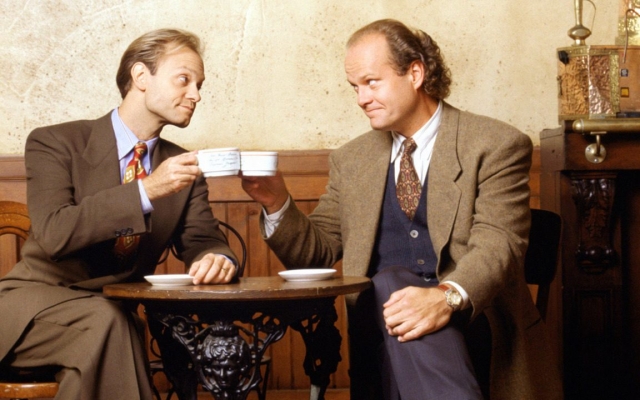 Two PhDs in the group: Niles and Fraser
Two PhDs in the group: Niles and Fraser
«David Hyde Pierce sounds so arrogant,» he explained. «Why don't we just call me Sir David Hyde Pierce and drive a stake through the heart of any chance that I can escape the stereotype of this character forever?»
Pierce was also worried that Niles would look too much like Frazier, just another psychiatrist with no unique traits. But when pilot director James Burroughs suggested that he wipe down his chair before sitting in it, Niles as we know him — the obsessive and fastidious germophobe — suddenly snapped into place. that came out of this part of the business,” Hyde Pierce later said.
The casting of radio producer Fraser Rose Doyle and physical therapist Marty Daphne Moon was more difficult. Essex-born actress Jane Leeves was the producers' first choice, but Grammer was opposed to having a British Daphne (preferring the original idea of a Latino nurse) and argued that having an assistant with an English accent would have made Fraser too similar. in the 1970s sitcom The Nanny and the Professor. After much persuasion, he reluctantly agreed to read the scene with Leaves on the condition that they both stay in the room together.
“He came in, closed the door, and we were left in the whole office sweating,” Casey later recalled. «About a minute later, the door flew open, Kelsey walked past us, said, 'She's home,' and left.»
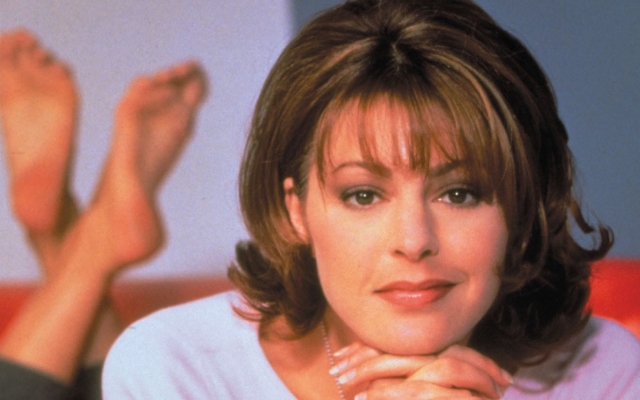 «She's Here»: Jane Leeves in 2001. Photo: Paramount/PA
«She's Here»: Jane Leeves in 2001. Photo: Paramount/PA
For Rose, the choice was between two actresses: Peri Gilpin and Lisa Kudrow. In fact, Kudrow got the role, but she couldn't get along with Grammer in rehearsals (the writers felt she wasn't intimidating enough), and so called in her fallback. It worked well not only for Gilpin, but also for Kudrow, who rose to fame just a few months later with her role as Phoebe on NBC's Friends.
Frasier wasn't just set in Seattle; it created Seattle by envisioning the city as a cultural utopia of impeccable coffee and fine conversation. No real apartment has a view like the one that appears from Fraser's window (it was taken off a cliff in Kerry Park), but it helped give Seattle a charm that led to a boom in the local housing market and gradually changed its face. character.
«Locals scoffed when Dr. Fraser Crane transferred his habits of living in an apartment, sipping wine and attending the opera to an imaginary version of Jet City … As usual, Hollywood was wrong,» wrote the Seattle Times television critic in 2004, shocked by the transformation of his cities.
 View of the Seattle skyline from Kerry Park
View of the Seattle skyline from Kerry Park
“11 years later, a metropolis with growing urban and urban concerns inhabits where Jet City once stood… Seattle, once famous for its Pearl Jam and Nirvana, now has the highest per capita opera attendance of any cities in the country.”
How different it would have been if the writers had chosen the first location: Denver, Colorado. They wanted to locate the show away from Boston to discourage NBC from filling it with cameos of other Cheers characters stopping by a local bar along the way. Denver seemed to be at a safe distance.
However, in 1992, Colorado voted in favor of an amendment aimed at blocking all LGBT people+ civil rights laws. It was blocked by the state Supreme Court in 1994, but during the crucial two years that Fraser was in development, Colorado made national headlines for all the wrong reasons. The state suddenly seemed ill-suited to Fraser's open-minded ideals, so the good doctor packed his bags and headed west.
Grammer could be tricky to work with from his mild weaknesses (he «likes to keep the sound stage in the fridge,» according to one guest star who thinks a cold room is better for comedy) to his more serious problems as a recovering alcoholic with a history of substance abuse.
In 1994, Grammer crashed his car due to drunk driving and had to be pulled out of the wreckage. He was unharmed, but the production was put on hold by the crew for a month and the star was sent to rehab at the Betty Ford Center. According to head writer Christopher Lloyd, even when Grammer drank heavily, it didn't affect his acting in any way. «I could put on a tape a week before it hit Betty Ford and a tape a week after it came out and you couldn't tell what's what,» Lloyd said.
< p>Even after he sobered up, his eccentric approach to work continued to cause dismay and bewilderment among his colleagues. Grammer uses a unique acting system he claims he invented in the 1970s called «necessary contempt». In simple terms, this means skipping rehearsals and not memorizing your lines until the last moment.
«You have to care so much about it that you end up with the point where you don't care at all,» Grammer explained in an interview with US Weekly in 1997.
«It's crazy, but it works for him,» David Hyde Pierce told the magazine. «We have our last dressing room final run from 6:30 to 7 before we play at 7, and it doesn't even come close to many of the lines.»
 Fraser's cast at the 1998 Emmy Awards. Photo: Getty/AFP
Fraser's cast at the 1998 Emmy Awards. Photo: Getty/AFP
According to Peri Gilpin, «The poor guest stars [would] always be utterly horrified» by Grammer's methods, while even writer/director David Lee said «in the early days, [it] scared me ”.
“But he thinks it makes him more real,” Li added, defending the strange technique. «You feel like the words just come to his mind as he says them.»
Typically, Grammer only attended one script reading and then only one rehearsal on set before filming. But he couldn't be blamed for not taking it seriously. Grammer brought such intensity to his scenes that he often cried while reading and even while recording.
«Kelsey is extremely emotional, usually until the day we tap it, and even during the recording he may have to do it a couple of times: he cries a lot,» Mahoney told The Telegraph in 1998.
There was a reason why his tears were so close to the surface. Grammer's father was killed when he was only 12, his sister was killed when he was 20, and his two half-brothers drowned five years later. The TV show gave him a new family, and Mahoney became a kind of surrogate father to him, allowing Grammer to deal with his repressed trauma. «There's a huge hole in my life, and now I realize it's because of my relationship with John,» he said in 1998.
Grammer's strong feelings on set were the same . only his strong appetite. An LA Times reporter who visited the set noted that while the other actors were digging into their characters, Grammer was «digging through fresh stocks of sushi, mustard, nachos and onion sauce from craft stores.»
He started every morning with hamburger patties and pickles (“There were a few years when I couldn’t even look at it,” admitted Hyde Pierce), and then reportedly calmed his nerves with a burrito or a bucket of chicken wings before filming. .
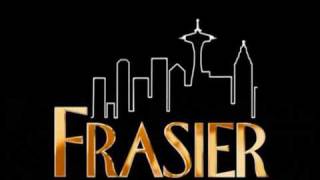
In a Washington Post interview in 1994, Grammer barely stopped chewing to speak. “Disgusting to watch him eat,” wrote his nauseating interviewer. «Grammer likes his Bloody Marys made with sake, his french fries smeared with gray pupon, and his hamburger dipped in big green balls of guacamole.» Oddly enough, this is Grammer's voice singing the culinary theme song «Tossed Salads and Scrambled Eggs» over the end credits of each episode.
Grammer may have played the lead role, but the runaway star of the series was a dog named Moose. Playing Marty's favorite Eddie, a mongrel with a thousand yard eyes, Moose received more fan mail than any other cast member. In 1993, he even became the cover star of an issue of Entertainment Weekly, which reported that his rehearsal stunt double was also «his roommate Foley, known to the cast as Mrs. Moose.» often kept aloof from his human colleagues; he wouldn't lick them friendly if they didn't put sardine oil behind their ears (or, in one particularly desperate case, liver pâté).
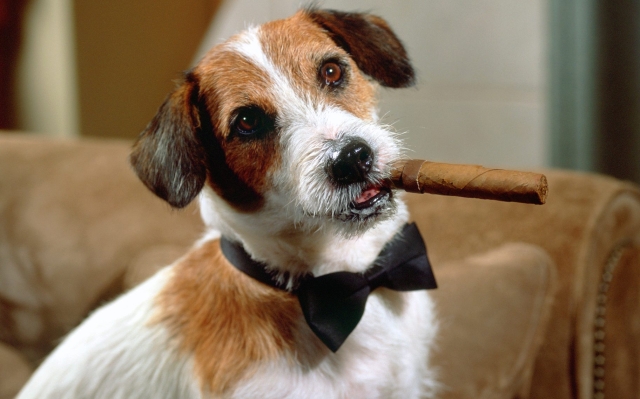 Best Dog: Moose as Eddie in Frasier Photo: NBC
Best Dog: Moose as Eddie in Frasier Photo: NBC
However, one actor respected his acting skills . «He's a methodical actor,» Jane Reeves told Entertainment Weekly. “I had one scene where I had to scold him and ask him to get off the couch. And all week he was aloof and cold. I couldn't understand it. Later I realized that he used this anger in this scene. I respect that very much.”
Moose has been more successful than Grammer in turning his television fame into success in Hollywood. The first major starring role for a human actor in film came in the costly critical failure of 1996's Down the Periscope. In the meantime, Moose starred alongside his son (and sometimes Fraser's stunt double) Enzo in My Dog Skip, which made a much bigger profit on its small budget and received lukewarm reviews.
Moose appeared in 192 episodes. Frazier before retiring in season eight due to ill health and passing the baton to Enzo. Moose passed away in 2006.
Approximately 33.7 million U.S. viewers watched the 2004 final episode, in which Fraser boarded a plane to Chicago to reunite with his girlfriend, Charlotte. (It is believed that the new reboot will be set in Chicago.) Saying goodbye to Marty in his Seattle apartment, he began to recite a few lines from Lord Tennyson's poem «Ulysses» («Strive, seek, find and not give up»), before the radio broadcast showed him finishing the poem.
His last on-air farewell seemed to be addressed to us and not to Dr. Crane's fictional audience: “For 11 years you've heard me say: I'm listening. Well, you listened too. And for that I am eternally grateful. Good night, Seattle.”
It was a touching moment, but any longtime fan must have had a lump in their throat a few scenes ago as a workman carried away Marty's awful but comfortable chair. Specially crafted by the props department from scraps of 1970s fabric, the chair has been at the center of the apartment's set since the very first episode. The chair, which Fraser initially hated but later came to love, became a symbol of his relationship with his father; awkwardly mismatched at first, but later came to be valued. Cleto Augusto, the same actor who left him in Fraser's apartment 11 years ago, played as a skillful easter egg for the mover.
Were you a fan of Fraser? Will you be watching the reboot? Join the discussion in the comments section below



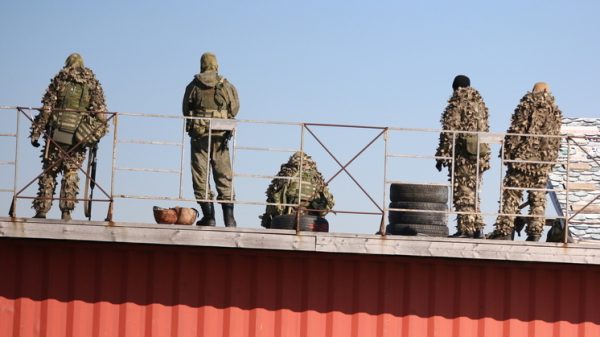



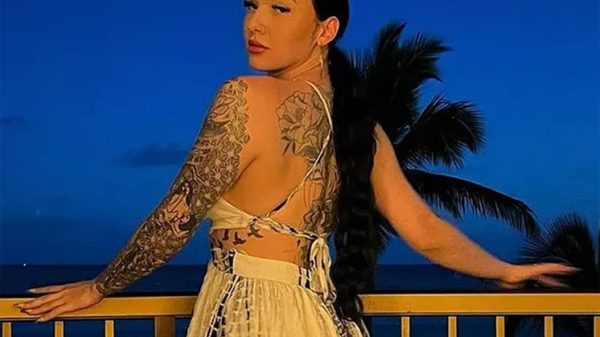



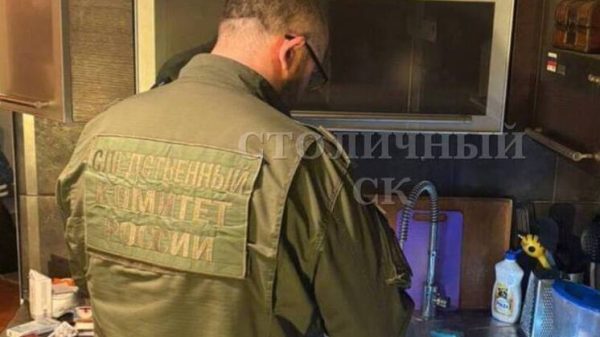
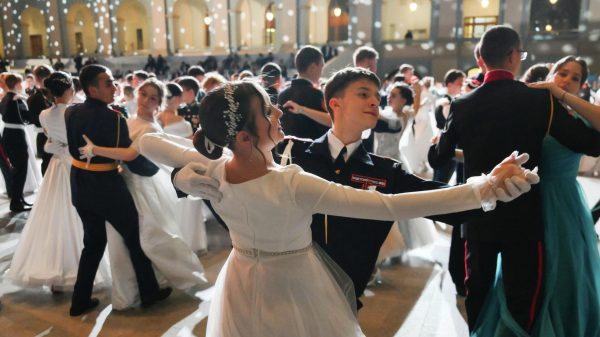
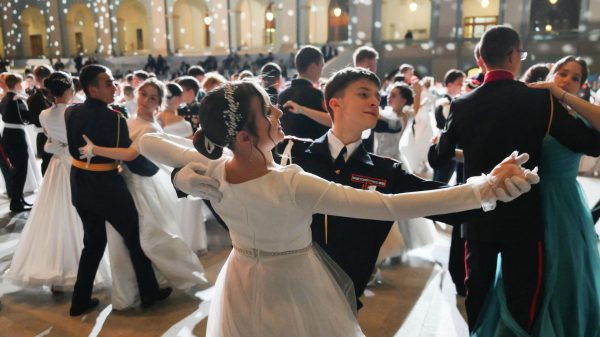
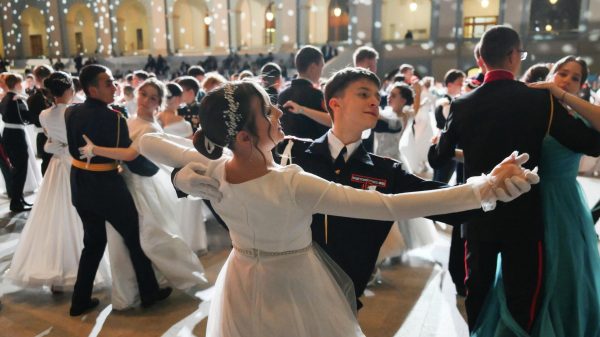
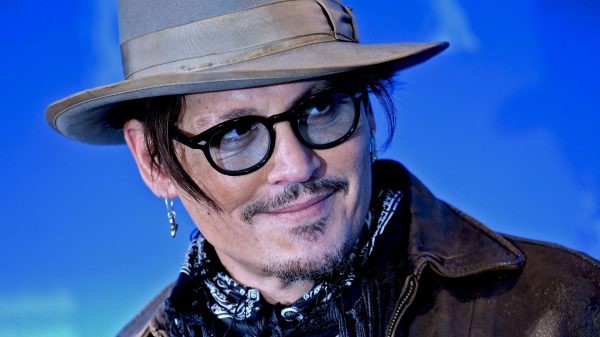
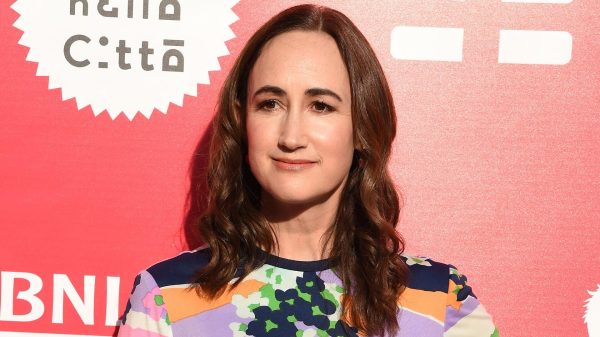
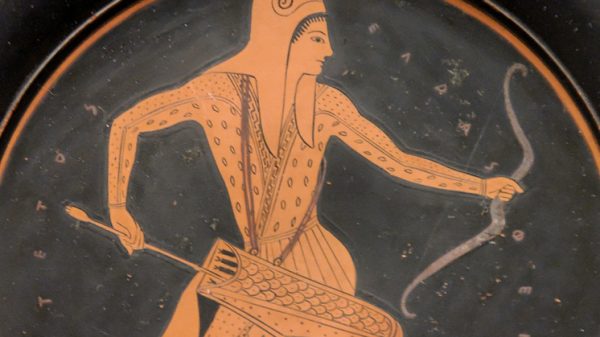
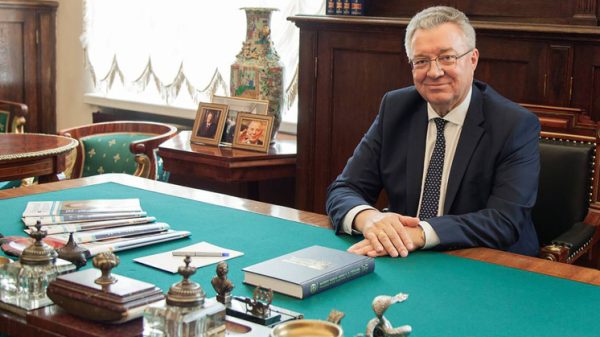


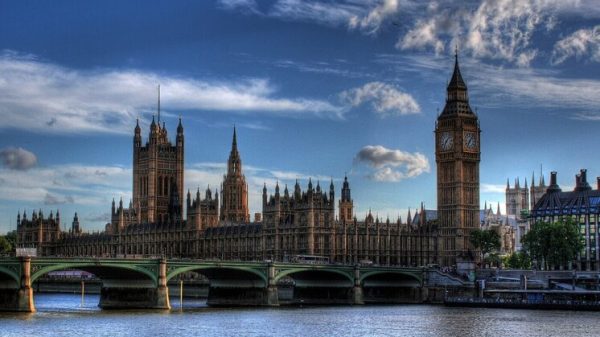































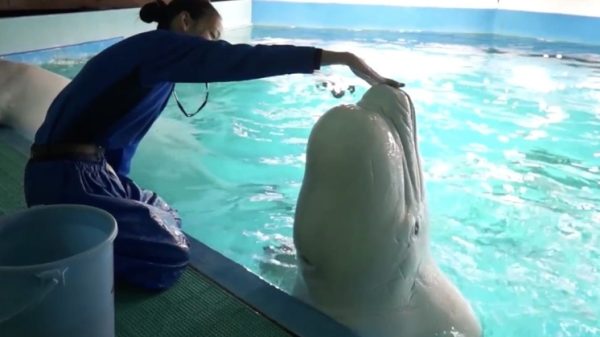

Свежие комментарии